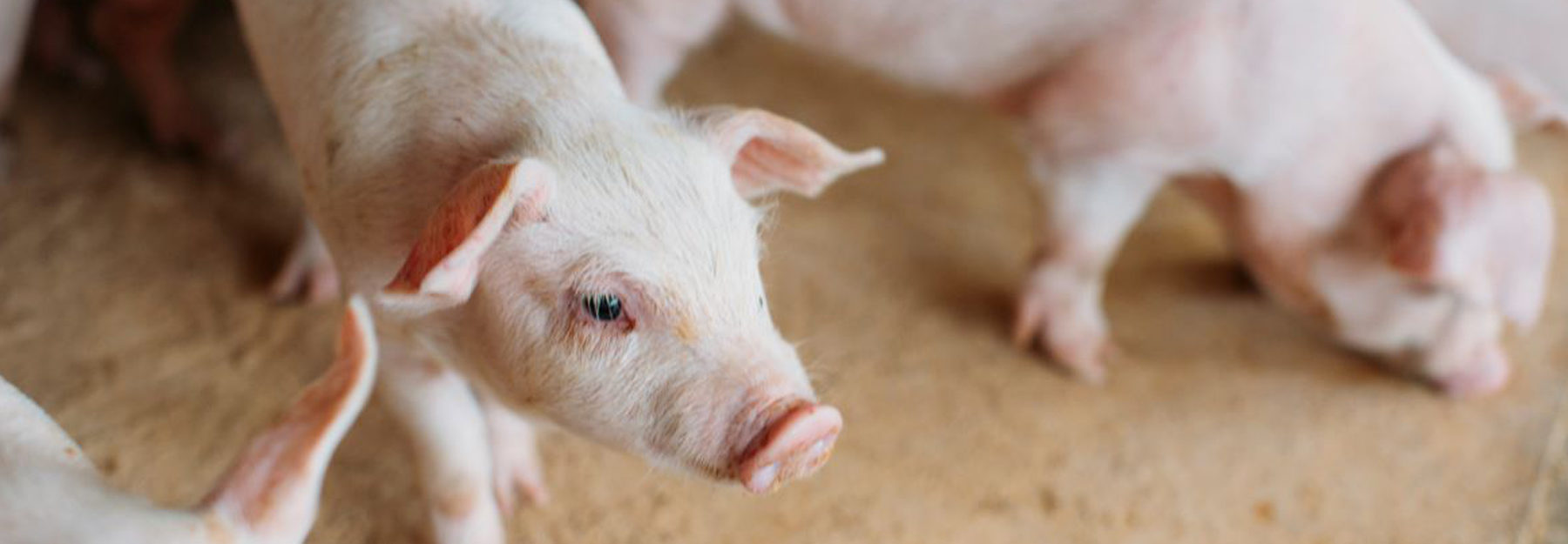
Animal Agriculture
What is animal agriculture?
Animal agriculture — the segment of the industry dedicated to raising livestock for consumption — is the largest end user of soybeans. Chickens, hogs, turkeys, cattle, fish and other farm-raised animals consume 97% of soybean meal.
Why is it important?
Global demand for meat continues to rise, which means producers who raise chickens, hogs and other livestock require more and more feed for their operations. This critical market creates opportunities for farmers to demonstrate the advantages of U.S. soybeans.
To remain the preferred source of plant-based protein for animal agriculture, U.S. soybean farmers must continue providing the highest-quality soybean meal. Though some regional variations exist, U.S. soybeans are generally considered to offer the following benefits, compared to other nations: higher sucrose levels, superior amino acid profile, better digestibility, increased metabolizable energy and lower fiber.
To maintain our competitive advantage, the soy checkoff invests in research that demonstrates the superiority of U.S. soybeans while also exploring industry partnerships necessary for continued long-term growth.
What is happening now?
As part of a push to decarbonize the transportation sector in California, companies have made substantial investments in renewable diesel production. As a result, demand for soybean oil and bio-based feedstocks for fuel production is projected to increase over the next several years. Markets are recognizing the value and versatility of soybean oil. This emerging demand positions soybean oil as an important value driver relative to soybean meal.
Processors are increasingly crushing to produce oil. Investments in crush expansion are based on the need to produce more soybean oil in the coming years. As crushing for oil expands, meal production will increase as well – providing an opportunity for U.S. Soy to continue setting the standard for plant-based protein sources. The soy checkoff will play a key role in this effort, investing in research that confirms soybean meal quality while also exploring potential new markets.
Key messages
- The most important customer of U.S. soybeans is animal agriculture, which consumes 97% of U.S. soybean meal.
- For the past 50 years, U.S. soybean meal has provided the animal feed industry with an unmatched package of high nutrient density, a superior amino acid profile and necessary vitamins and minerals.
- Current research into animal and aquaculture health and nutrition — supported in part by the soy checkoff — represents a key opportunity to build demand for U.S. soybeans.
- Meal typically makes up 80% of a soybean, while oil is 20%.
- The growth in demand for sustainable biofuels is likely to lead to an increase in soybean production and processing capacity in the U.S.
- The rising global demand for animal protein means soybean meal demand remains high, which helps ensure adequate soybean oil supply to meet the needs of the food and fuel sectors.
- During the 2020-2021 soybean marketing year, 33.12 million short tons of soybean meal were consumed by the animal agriculture segment (source). The specific distribution in tons, by species, is as follows:
- Poultry — 20.28 million
- Swine — 5.95 million
- Dairy cows — 4.4 million
- Beef — 1.69 million
- During 2020, animal agriculture delivered the following benefits (source):
- $348.2 billion in economic output
- 3 million jobs
- $74.8 billion in earnings